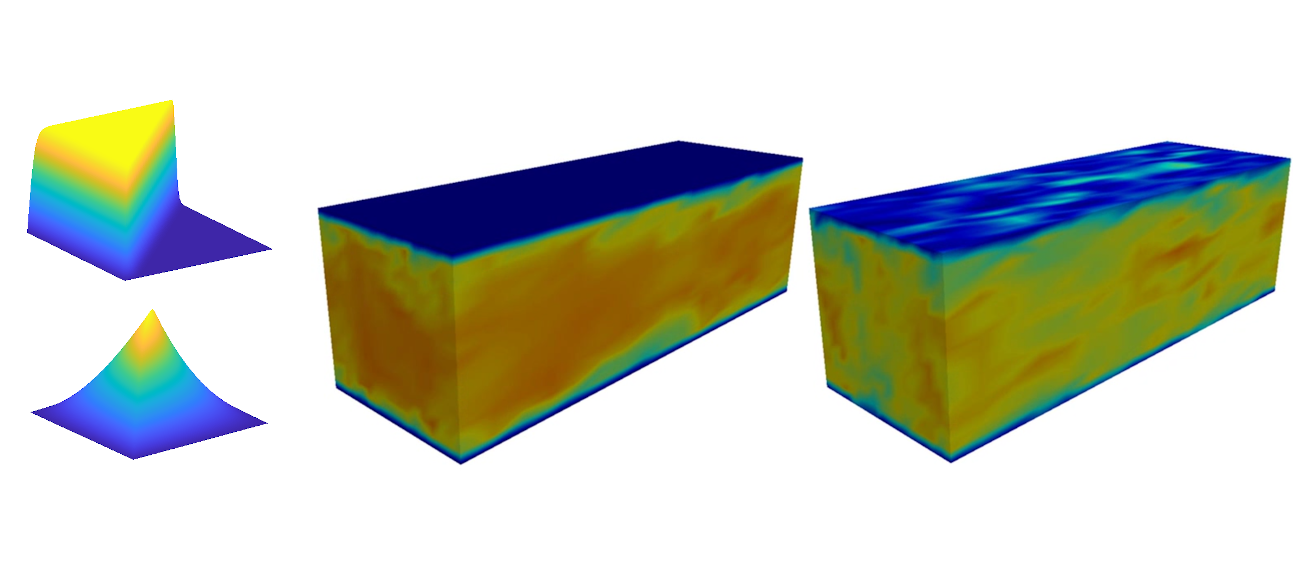Details
| Titel der Veranstaltung | Stabilized Finite Element Methods for Computational Fluid Dynamics (FEM III) |
| Modulnummer | 13-E1-M018 |
| TUCaN Kursnummer | 13-E1-0018-vu (Vorlesung und Übung) |
| Dozent:in | Prof. Dr.-Ing. Dominik Schillinger |
| Sprache | Englisch |
| Turnus | Winter |
| Credit Points | 6 |
| Prüfung | Mündliche Prüfung, Hausübungen |
Inhalte
Grundlagen, mathematischer Hintergrund und Problemstellungen
- Prototypische Gleichungen der Strömungsmechanik: die Advektions(-Diffusions)-, Burgers-, Stokes- und Navier-Stokes-Gleichungen
- Relevante Bestandteile der Funktionalanalysis
- Analyse der Modellgleichungen mit Schwerpunkt auf den Herausforderungen der Finite-Elemente-Formulierungen
Lösungsstrategien
- Stabilisierte Methoden: Galerkin Least-Squares (GLS), künstliche Diffusion, Streamline-Upwind Petrov-Galerkin (SUPG)
- Geeignete Interpolationspaare in gemischten Methoden (z. B. Taylor-Hood)
- Discontinuous Galerkin-Methoden
Multiskalenmodellierung
- Eine kurze Einführung in die Physik der Turbulenz
- Klassische Turbulenzmodelle: Reynolds-Averaged Navier-Stokes (RANS) und Large Eddy Simulation (LES)
- Die Variational-Multiscale-Methode
Hinweise
Gruppenübung
Die Übung ist in die Vorlesung integriert. Die einzelnen Termine werden auf den Vorlesungsstoff abgestimmt individuell abgehalten und möglichst frühzeitig bekannt gegeben.



